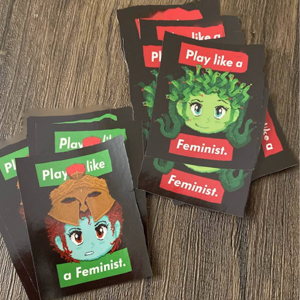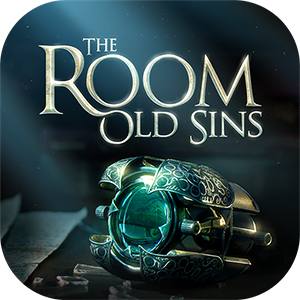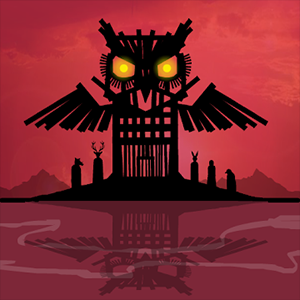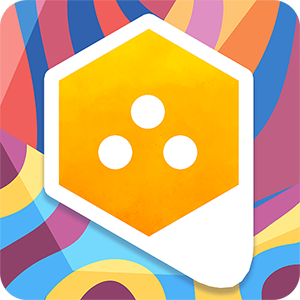Synopsis: If Found… is less of a game and more of a visual novel that tells the story of a transgender woman.
Who Should Play: This is a visual novel and there is one single mechanic – erasure. The player erases things to make space for the next layer of story. That’s it. However, the story comes out organically and patiently with stunning graphics. If you have never tried a visual novel this is a great place to start.
Made by: Anapurna Interactive (Publisher); Dreamfeel and Llaura McGee (Developers)
Available on: iOS, Mac OS, Windows
Price: $5-$12.99 (depending on the operating system)
Play time: About 2 hours (depending on your reading speed)
Questions:
- How does this visual novel develop in different ways than it might if it were a book?
- The game has a single mechanic – erasure. How did the mechanic make you feel when you played, and how did that mechanic enhance the narrative?
- If there were additional mechanics – more things to do in the game – how might that change its nature?
- The game is composed of two storylines – one more realistic than the other. How did the two converging stories make you feel and how did they inform upon each other?
- How did the aesthetics or reading (and erasing) a diary create intimacy between you and the protagonist?
- How did the visual style of the art affect your relationship to the characters and situations?
General Gaming Circle Questions:
- What did and didn’t you like about the game?
- How much time did you spend playing? Did you play all at once or break up your time?
- Did you play during other activities, or dedicate time solely to playing?
- Did the game feel like a waste of time? A good use of time? Explain.
Links & Walkthroughs:
• The Verge (Review)
• Washington Post (Review)
• Polygon (Review)
















You must be logged in to post a comment.